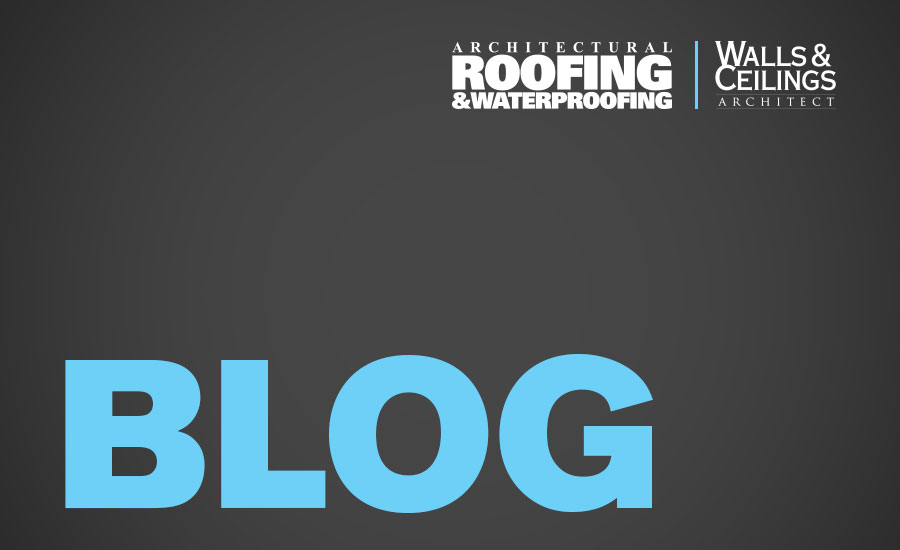Waterproofing systems are required on all below-grade surfaces that are (1) occupied and (2) subjected to hydrostatic pressure. It is the architect or designer’s responsibility to specify the system that is best suited for the facility. There are six types of common positive side waterproofing systems used in commercial construction. The type of material used in the system determines the application methods. The types of systems are:
• Built-up bituminous membranes
• Modified bitumen sheets
• Prefabricated elastomeric sheets
• Prefabricated thermoplastic sheets
• Bentonite
• Liquid-applied membranes (LAMs)
Each of these materials/systems has specific advantages and disadvantages and there is no one material/system that suits all site-specific conditions. Ultimately, it is the designer’s responsibility to balance the unique advantages and disadvantages of these materials/systems in the selection process. In most cases, the selection process can be simplified by eliminating unsuitable materials/systems based on site-specific conditions. For instance, hot and cold materials/systems may be eliminated from use on some projects based on environmental regulations. This is also the case on constricted worksites or where there is VOC compliance. These types of applications favor liquid applied membranes (LAM).
Certain site-specific conditions that affect the choice of system include the following:
• A site with rapidly flowing water eliminates the use of bentonite.
• If corrosive materials are present, then negative-side waterproofing and bentonite should not be installed.
• On negative side or blindside waterproofing applications, the use of LAM, PVC or butyl rubber should not be considered.
• In subfreezing temperatures, avoid negative-side waterproofing and cold-applied emulsions.
• In extreme temperatures (hot or cold), built-up and self-adhering systems have their drawbacks.
• If there is a tight construction schedule, LAMs might be eliminated for use because they require a very dry substrate.
The designer should consult with the material manufacturer during the design phase to ensure that the materials will comply with all site-specific conditions.

Recent Comments
These are actually very helpful tips. It is...
This is the most beneficial blog for all...
This blog is a great resource for anyone...
Thank you for sharing this important information. I...
This is a very interesting subject of the...